6 Early Signs of Liver Damage That Appear in Your Legs — Ignoring Them Can Lead to Serious Health Issues
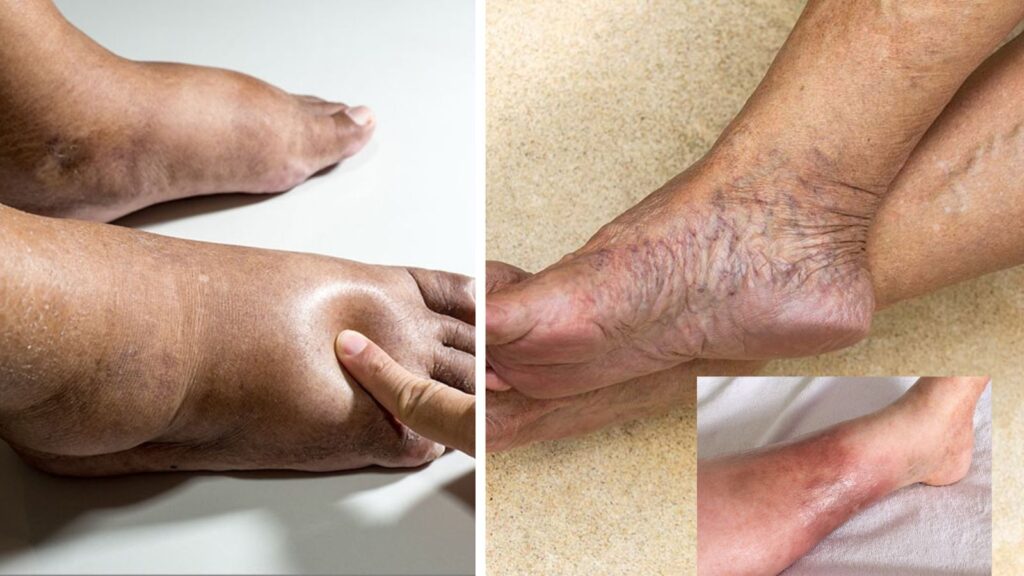
6 Early Signs of Liver Damage That Appear in Your Legs — Ignoring Them Can Lead to Serious Health Issues
We often associate liver problems with abdominal pain, fatigue, or yellowing of the eyes. But what many don’t realize is that some of the first warning signs of liver dysfunction actually show up in the legs. The liver is a powerhouse organ that handles over 500 critical tasks — from detoxifying harmful substances to regulating hormones and managing fat metabolism. When it starts to fail, it doesn’t always shout for help through obvious symptoms. Instead, it sends subtle signals, and sometimes, your legs may be the first place to notice them.
If you’re someone who experiences unexplained changes in your legs — such as swelling, burning, or skin discoloration — these may not just be random occurrences. They could point to something more serious going on inside your body.
Let’s explore 6 key signs that may appear in your feet or legs when your liver isn’t functioning properly:
1. Red or Brown Patches on the Legs
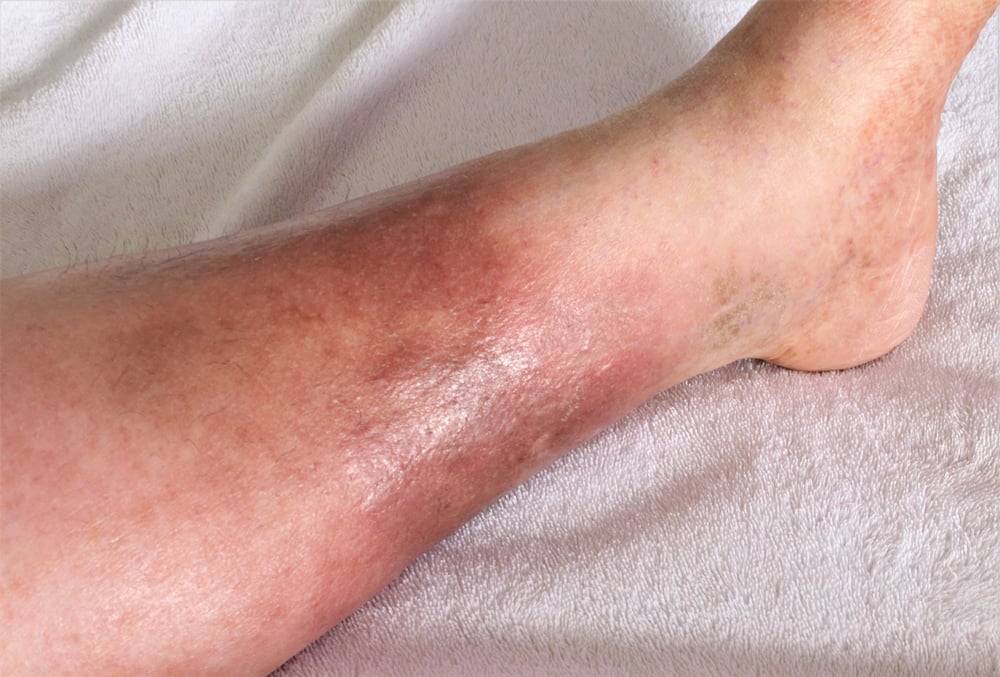
Have you noticed reddish or brown spots, especially around the knees or upper legs? These may look like harmless rashes, but they could be early indicators of fat accumulation in the liver. When the liver struggles to process fats efficiently, it can lead to skin changes — and your legs might start showing these tell-tale signs.
2. Visible Spider Veins Around the Ankles
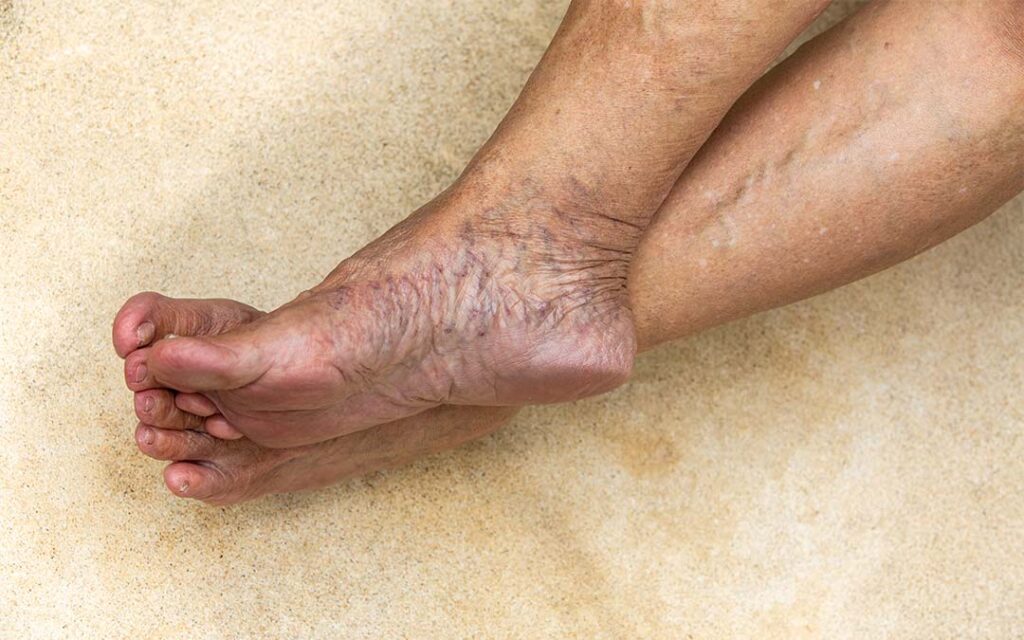
Thin, web-like veins — often called spider veins — appearing around the ankles or calves could be more than just a cosmetic concern. These veins surface when there’s a hormonal imbalance, especially elevated estrogen levels, often linked to liver cirrhosis. If your liver can’t properly metabolize hormones, it can lead to vein dilation, resulting in these visible thread-like vessels.
3. Cracked and Dry Heels
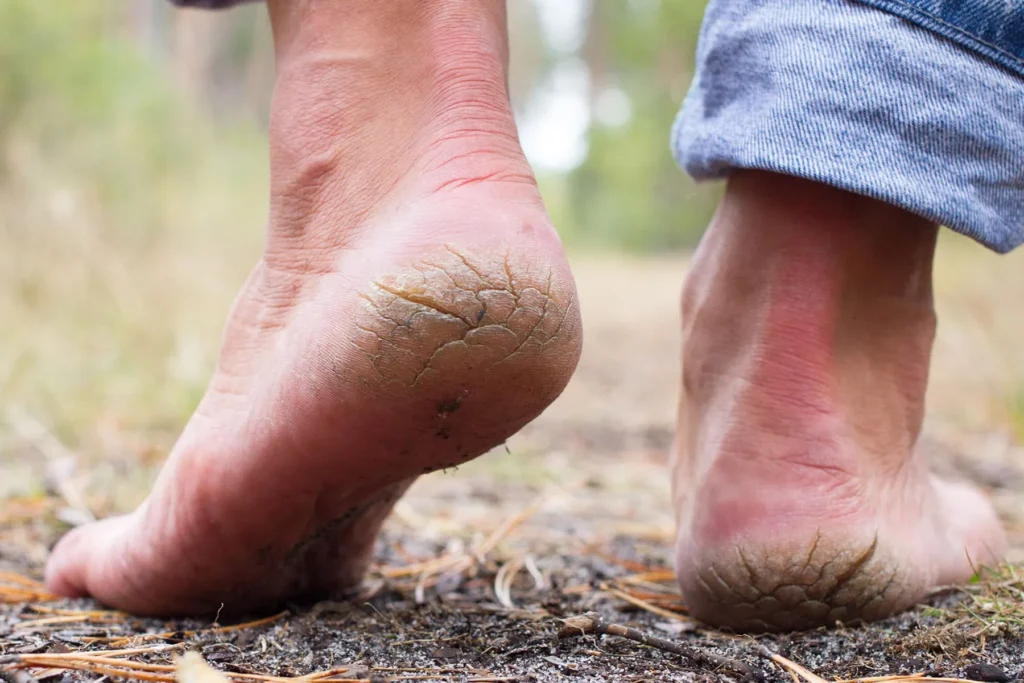
Cracked heels are usually blamed on dry weather or lack of moisturization, but persistent cracks may point to a vitamin deficiency caused by liver dysfunction. When your liver can’t absorb fat-soluble vitamins like A, D, E, and K, the skin — especially on the heels — may become thick, dry, and prone to cracking, even with proper care.
4. Burning Sensation or Heat in the Feet
Do your feet feel unusually hot at night, or do you experience a burning sensation in the soles? This isn’t always a sign of nerve damage or fatigue. It could be a result of toxic buildup in the body when the liver fails to filter out waste properly. High levels of ammonia in the blood can irritate the nerves, leading to these discomforting symptoms in the lower limbs.
5. Swelling in the Feet or Ankles (Edema)
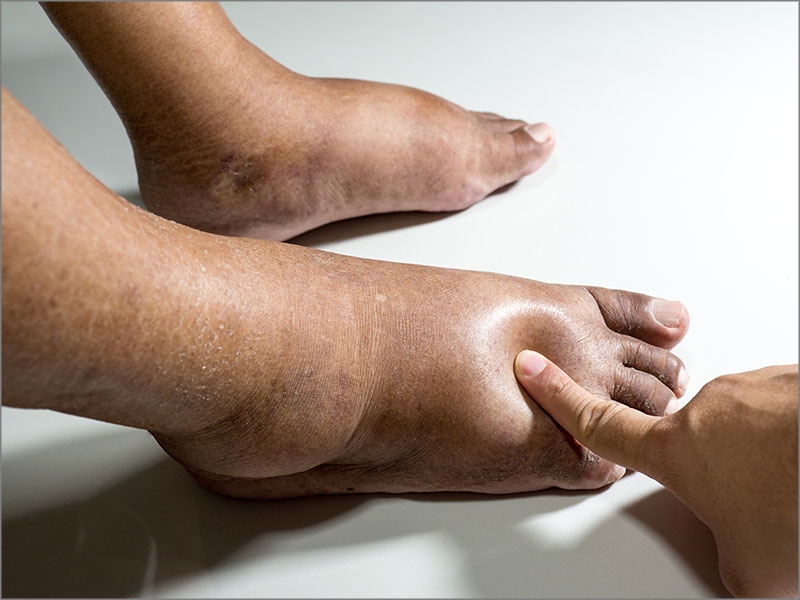
If your feet or ankles are swollen, and pressing the area leaves a small indentation that stays for a few seconds, it could be pitting edema — a common symptom of advanced liver disease like cirrhosis. A failing liver produces less albumin, a protein that helps maintain fluid balance. When albumin levels drop, fluid starts collecting in tissues, especially in the lower extremities.
6. Unpleasant Odor from the Feet
It’s normal for feet to sweat and develop some odor, but if your feet smell abnormally strong or unpleasant even after proper hygiene, it might be linked to poor liver function. A damaged liver struggles to expel toxins through regular channels, forcing the body to use sweat glands — including those in the feet — as an alternative route. This can result in foul-smelling sweat, especially from the lower limbs.
Why These Signs Matter
These symptoms might seem unrelated to liver health at first glance, but the body is deeply interconnected. The liver, being a central organ in metabolism, detox, and circulation, often reflects its distress through parts of the body we least expect — like the legs and feet.
While these symptoms alone don’t confirm liver disease, persistent or worsening signs should never be ignored. Early detection can prevent more serious conditions such as fatty liver, cirrhosis, or even liver failure.












